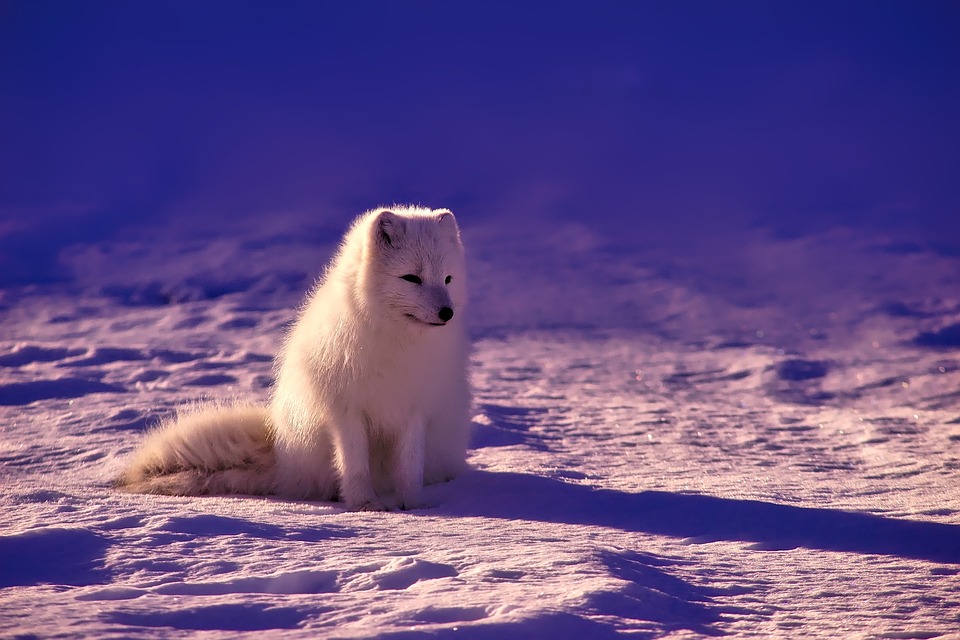The Call of the Arctic
For centuries, the Arctic region has captured the imagination of explorers and adventurers seeking to conquer its icy landscapes. From early expeditions in search of the Northwest Passage to modern scientific missions studying the effects of climate change, the Arctic has been a focal point of human exploration and discovery.
Early Explorations
The earliest recorded expeditions to the Arctic date back to the 16th century, when European sailors set out in search of a fabled shortcut to Asia known as the Northwest Passage. Over the centuries, numerous expeditions were launched in an attempt to find a navigable route through the Arctic ice, but many were met with disaster and tragedy.
One of the most famous early expeditions was led by Sir John Franklin in 1845. He set out with two ships, the HMS Erebus and HMS Terror, in search of the Northwest Passage. However, both ships became trapped in the ice, and Franklin and his crew perished in the harsh conditions. The fate of the Franklin expedition became a cautionary tale for future explorers venturing into the Arctic.
Modern Arctic Exploration
Despite the dangers and challenges of exploring the Arctic, modern technology has made it easier for researchers and adventurers to navigate its frozen landscapes. Advances in icebreaking ships, satellite technology, and protective gear have enabled explorers to study the Arctic’s unique environment and wildlife in ways that were previously impossible.
One recent example of Arctic exploration is the MOSAiC expedition, which stands for Multidisciplinary drifting Observatory for the Study of Arctic Climate. This ambitious mission involved a team of scientists from around the world who spent a year studying the Arctic ice pack by drifting with it on a research vessel. The data collected during the expedition will help scientists better understand the impacts of climate change on the Arctic region.
The Challenges of Arctic Exploration
Despite advancements in technology, Arctic exploration remains a dangerous and challenging endeavor. The extreme cold, unpredictable weather, and treacherous ice conditions make it one of the most inhospitable regions on Earth. Explorers must be prepared for any situation, from sudden blizzards to encounters with polar bears.
One of the biggest challenges of Arctic exploration is the isolation and remoteness of the region. Many parts of the Arctic are only accessible by icebreaker ships or helicopters, making it difficult for rescue crews to reach those in need. Explorers must be self-sufficient and prepared to survive in the harsh conditions for extended periods of time.
Exploring Arctic Cultures
While much of Arctic exploration focuses on the natural environment, the region is also home to diverse indigenous cultures that have thrived in the harsh conditions for thousands of years. Explorers have the opportunity to learn from these communities and gain a greater understanding of their way of life.
The Inuit People
One of the most well-known indigenous groups in the Arctic is the Inuit, who have lived in the region for centuries. The Inuit have adapted to the harsh Arctic environment by developing unique skills and knowledge of the land and sea. They are skilled hunters and fishermen, using traditional tools and techniques to survive in the challenging conditions.
Explorers have the opportunity to visit Inuit communities and learn about their traditions, language, and way of life. Many Inuit communities are open to sharing their culture with visitors, providing an opportunity for cultural exchange and understanding.
Polar Bear Expeditions
One of the most iconic symbols of the Arctic is the polar bear, a majestic creature that roams the frozen landscapes in search of food. Many explorers travel to the Arctic in search of polar bear sightings, often booking specialized expeditions led by experienced guides.
These expeditions offer a unique opportunity to observe polar bears in their natural habitat and learn about their behavior and conservation status. By following strict guidelines and protocols, explorers can minimize their impact on the bears and reduce the risk of conflicts.
Preserving the Arctic for Future Generations
As interest in Arctic exploration continues to grow, it is important to consider the impact of human activities on the fragile ecosystem. Climate change, pollution, and overfishing are threatening the Arctic environment and the wildlife that calls it home. Explorers have a responsibility to protect and preserve the Arctic for future generations.
Conservation Efforts
Many organizations and governments are working to protect the Arctic and promote sustainable practices in the region. From creating marine protected areas to regulating shipping routes, these efforts aim to minimize the impact of human activities on the Arctic environment.
Explorers can support conservation efforts by following best practices for responsible tourism, respecting wildlife and indigenous communities, and raising awareness about the importance of preserving the Arctic ecosystem. By working together, we can ensure that the Arctic remains a pristine and unspoiled wilderness for generations to come.
In conclusion, navigating the frozen north is a journey filled with challenges, discoveries, and opportunities for growth. From early expeditions in search of the Northwest Passage to modern missions studying the effects of climate change, Arctic exploration continues to captivate the human spirit and drive us to push the boundaries of what is possible. By respecting the environment, learning from indigenous cultures, and supporting conservation efforts, we can ensure that the Arctic remains a place of wonder and inspiration for generations to come.
